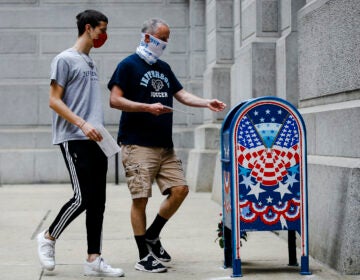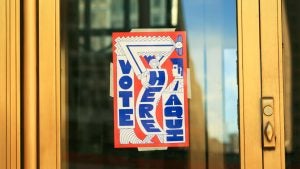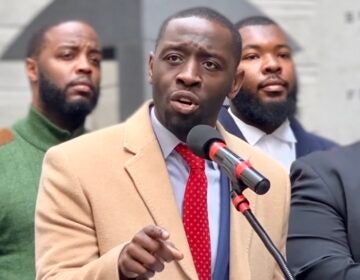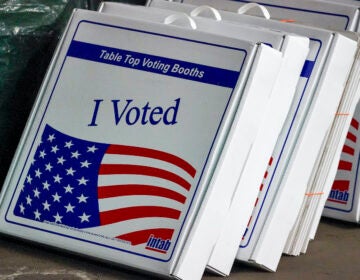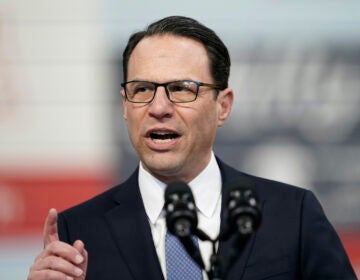Latest Pa. voter registration numbers show what could happen in November
The data suggests voters are not giving either major party a clear advantage over the other – and may be willing to split their tickets among candidates.
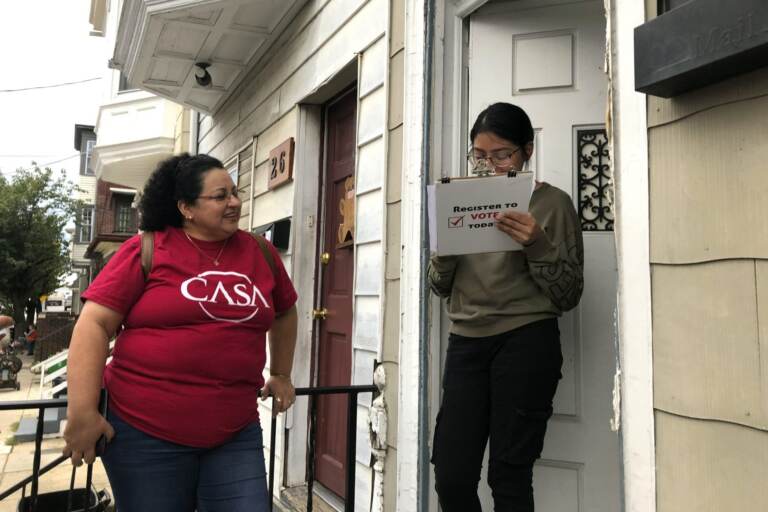
Mirna Orellana, left, a community organizer from the non-profit group We Are Casa, helps Karyme Navarro, right, fill out a voter registration form in York, Pa., on Sept. 30, 2019. (Will Weissert / AP Photo)
Ask us: As Election Day draws near, what questions do you have?
This story originally appeared on WITF.
Voters of both major parties are showing signs that they are equally energized about Pennsylvania’s midterm election. Plus, there’s some evidence voters may cast their ballots for candidates of opposite parties in different races.
Those are some of the revelations political scientists are pointing to based on the latest voter registration data from the Department of State. They say the numbers foreshadow what may be complicated results from the Nov. 8th election.
Overall, of the 8.7 million people registered to vote in Pennsylvania, the largest share of those voters are registered as Democrats, which has been the case for the last several election cycles.
So far this year, of the more than 100,000 people who registered for the first time online, just over 30,000 more joined the state’s voting ranks as Democrats compared to Republicans. But compared to Democrats, 32,000 more existing voters switched parties to the GOP.
Muhlenberg College political scientist Christopher Borick explained that means that neither party has a clear advantage, like they have in past midterms.
“Republicans have often offset some of those numerical advantages [held by Democrats] by turning out their voters to a greater degree, especially in off-year elections,” he said. “But what we’ve seen this year, in many ways, is a tale of competing trends.”
Borick said Democratic dominance of Congress and the White House usually helps boost Republican candidates, especially when those leaders are faced with economic headwinds. But the Supreme Court decision overturning Roe versus Wade, which appears to be motivating Democrats and first-time voters, is blunting that effect.
Politico reported last month that the share of new voters who are registering as Democrats, many of them women, was twice that of Republicans.
“It certainly had a role in mitigating some of the strength, and maybe diverting what could have been more of a wave election into a much more nuanced set of results,” Borick said.
Northampton Community College political scientist Sam Chen, who also works as a Republican strategist, agrees that neither party has a clear advantage based on registration numbers alone. He explained neither data point may matter in the end.
“Sure, it’s great to have a registration advantage,” Chen said. “You kind of have a built-in bonus as you come into the election. But there’s no guarantee that those are votes. Registration numbers are not voting numbers.”
Chen says Pennsylvania voters are known to vote for candidates of opposite parties on the same ballot, a phenomenon known as split-ticket voting.
The 2020 election offers the clearest example of that in recent memory: while voters elected Democratic candidate for governor Josh Shapiro to another term as state Attorney General, they also elected Republican Stacey Garrity as Treasurer and Republican Tim DeFoor as Auditor General in the same year.
In the case of Garrity, voters chose her over Democratic incumbent Joe Torsella, something they hadn’t done in almost 30 years.
Coincidentally, state lawmakers had recently agreed to do away with straight party voting – where voters could cast their ballots for candidates of a given party by checking a box – in order to enact Pennsylvania’s expansive package of voting law changes known as Act 77.
Chen added Pennsylvania voters are more likely to split their tickets depending on who they are and who’s on the ballot.
“We have Democrat farmers, who may be against something like the Green New Deal, but we also have Republican union members,” he said. “You’ve also got a lot of Democrats who are police officers, but they may vote Republican in places like Philly against someone like [District Attorney] Larry Krasner.”
Statewide polls are starting to show this to a small degree: while Josh Shapiro’s lead over Republican candidate for governor Doug Mastriano is widening among surveyed voters, more of those voters are starting to favor Republican U.S. Senate candidate Mehmet Oz over Democratic candidate John Fetterman, who still leads Oz by several points.
“Candidates still matter,” Christopher Borick said. “Those choices can lead to, on the margin, some split tickets that could be determinative come November.”
Pennsylvanians have until Oct. 24 to register to vote, just under two weeks from now. The Department of State offers an online form, while county election offices, the DMV, or other places like state parks allow state residents to register in-person.
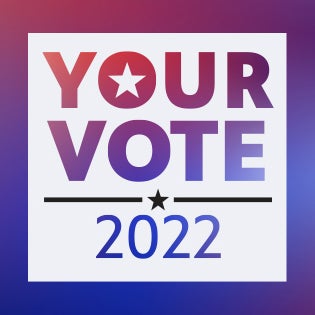
Your go-to election coverage
WHYY is your source for fact-based, in-depth journalism and information. As a nonprofit organization, we rely on financial support from readers like you. Please give today.


